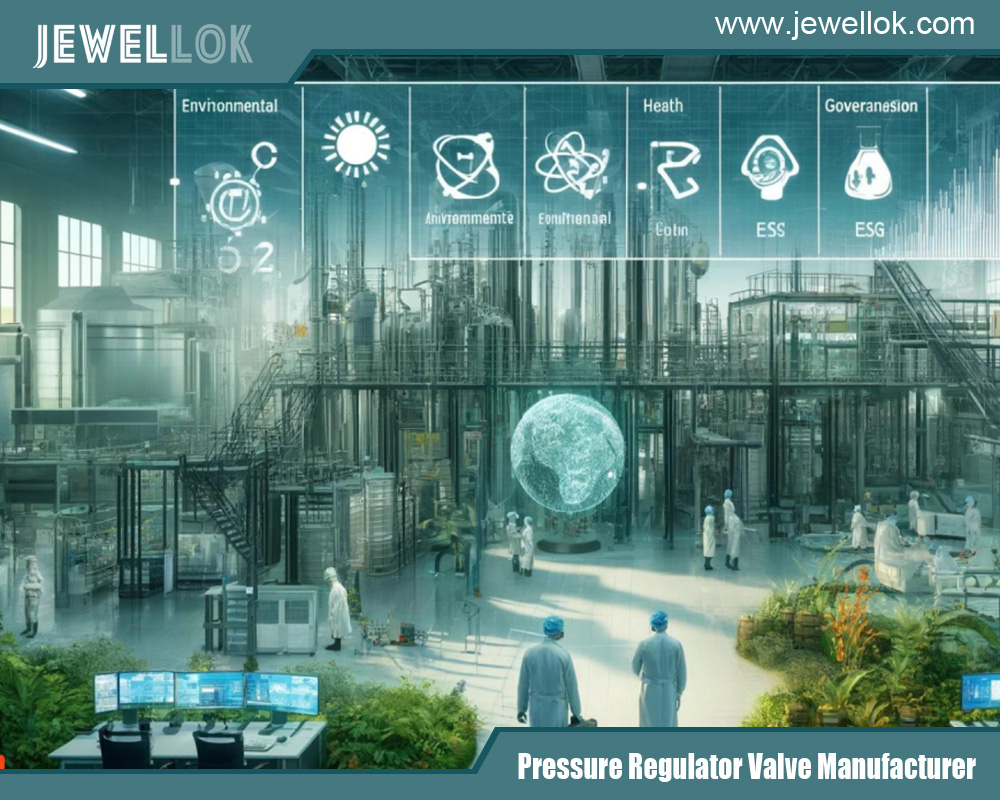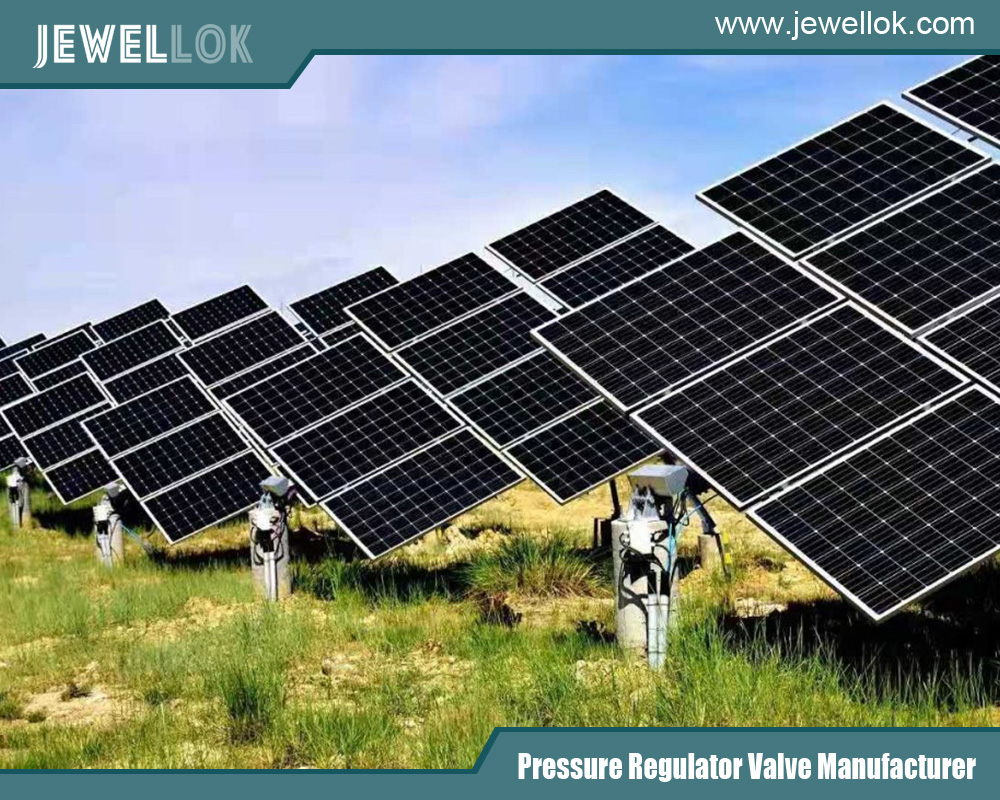Blog
Jewellok is a professional pressure regulator and valve manufacturer and supplier.
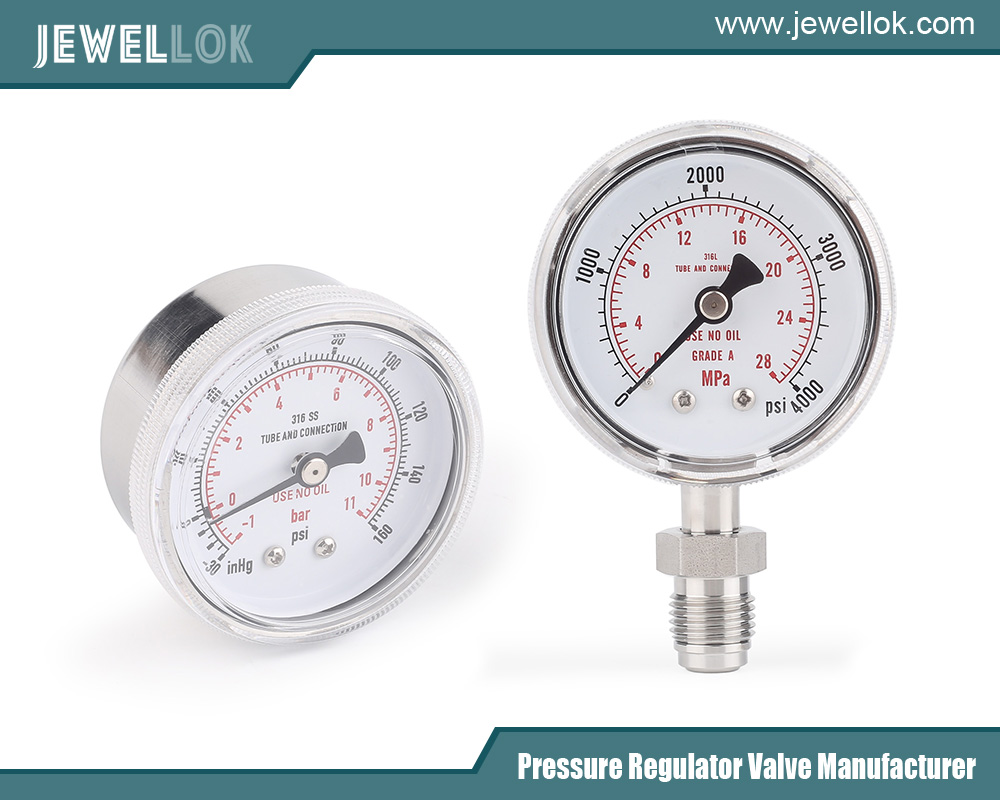
Two Stage Gas Regulators: How They Ensure Consistent Pressure
- Pressure Regulator Valve Manufacturer
- 1inch of water, 2 inch irrigation valve, 6mm compression fitting, air compressor non return valve, argon hose connector, argon hose fittings, electric water valve 12v, ferrule connector, fire arrestor, gas semiconductor, high purity regulators, how a pressure regulator works, how do regulators work, how often should pressure relief valves be replaced, humming propane regulator, male fitting for argon hose, pressure regulator valve leaking, propane adjustable pressure regulator, purpose of flame arrester, safety relief valve vs safety valve, safety valve vs pressure relief valve, two stage gas regulators, two stage gas regulators factory, two stage gas regulators factory OEM, two stage gas regulators hotsale, two stage gas regulators manufacturer, two stage gas regulators supplier, two stage gas regulators wholesale, two stage pressure regulator
- No Comments
Two Stage Gas Regulators: How They Ensure Consistent Pressure
A Two Stage gas regulator is vital in systems that use gas for fuel, heating, or other purposes. It ensures that the pressure of the gas entering a system remains consistent, safe, and optimal for its intended use. Understanding how a Two Stage gas regulator works for a residential heating system, a commercial kitchen, or industrial equipment can help users appreciate its role in improving safety, efficiency, and performance. This article delves into the functioning, components, benefits, and applications of Two Stage gas regulators, providing insights into why they are essential in modern gas systems.
What is a Two Stage Gas Regulator?
A Two Stage gas regulator is a device that reduces gas pressure from a high-pressure source, such as a propane tank or natural gas line, to a lower, controlled level suitable for the equipment or appliances it serves. As the name suggests, it regulates the gas pressure in two stages:
- First Stage (High-Pressure Regulation): This stage reduces the gas pressure from the source pressure (which can be high) to an intermediate pressure. In this stage, the regulator is designed to handle the fluctuations in pressure that may occur due to varying supply conditions.
- Second Stage (Low-Pressure Regulation): The second stage further reduces the gas pressure to a stable, lower pressure, which is safe and usable for appliances or equipment.
This dual-stage regulation ensures more accurate gas pressure control and offers significant advantages over single-stage regulators.
Components of a Two Stage Gas Regulator
To understand how a Two Stage gas regulator works, it’s essential to look at its key components:
- Inlet Pressure Gauge:The gauge shows the pressure of the gas coming from the supply source. It helps monitor the supply pressure and detect irregularities.
- First Stage Regulator:This reduces the high supply pressure to a more manageable intermediate pressure. The first stage often includes a spring-loaded valve and a diaphragm to control gas flow.
- Intermediate Pressure Gauge:This gauge measures the pressure after the gas has passed through the first-stage regulator, offering insight into the intermediate pressure level.
- Second Stage Regulator:This component further reduces the intermediate pressure to a stable, low-pressure output safe for appliance use. It usually includes a second valve, spring mechanism, and diaphragm.
- Outlet Pressure Gauge:Found on the output side of the second-stage regulator, this gauge monitors the final output pressure being delivered to the appliances or equipment.
- Adjustable Knob/Control:Some Two Stage regulators allow users to adjust the outlet pressure, providing flexibility depending on the requirements of the system or appliances.
How Does a Two Stage Gas Regulator Work?
The working of a Two Stage gas regulator can be broken down into a simple, step-by-step process:
Gas Flow Into the First Stage Regulator
- When gas is released from a storage tank or a main supply line, it enters the first-stage regulator. At this point, the gas is typically at high pressure, which is unsafe or unsuitable for most appliances. The gas pressure can fluctuate depending on the tank’s level or external factors, such as temperature or delivery pressure.
- The first-stage regulator begins by reducing this high pressure to a more controlled intermediate level. It uses a spring-loaded mechanism and a diaphragm to regulate the flow. The regulator adjusts to accommodate fluctuations in supply pressure, ensuring that the pressure remains constant within a safe range.
Intermediate Pressure Adjustment
- After passing through the first-stage regulator, the gas reaches an intermediate pressure. This intermediate pressure is usually higher than the final required pressure for appliance use but is stable and controlled.
- The intermediate pressure can vary based on factors such as the type of gas system and the distance between the regulator and the appliances. While appliances do not directly use this pressure, ensuring the smooth and steady operation of the second-stage regulator is crucial.
Gas Flow to the Second Stage Regulator
- The gas with intermediate pressure then moves to the second-stage regulator. The second stage aims to reduce this intermediate pressure to a lower, constant, and safe pressure for the appliances or equipment.
- At this stage, the gas is regulated to the ideal output pressure. The second-stage regulator uses a similar mechanism of diaphragm and spring, controlling the gas flow and maintaining consistent pressure regardless of fluctuations in demand or source pressure.
Final Delivery of Gas to the Appliance
- Once the second-stage regulator has reduced the gas to the required pressure, it is ready to flow to the appliance, whether it’s a stove, furnace, or industrial equipment. The outlet pressure gauge ensures that the correct pressure is maintained, and the system delivers the gas without risk of overpressure or underperformance.
Key Benefits of a Two Stage Gas Regulator
Two Stage gas regulators offer several significant advantages over single-stage regulators:
- Stable Pressure Control:One of the most significant benefits of a Two Stage regulator is its ability to maintain a stable, consistent pressure despite variations in the gas supply pressure. It ensures the reliable operation of appliances.
- Improved Safety:A Two Stage system can prevent overpressure or sudden pressure fluctuations, which could pose risks of leaks or damage to gas-powered appliances.
- Enhanced Efficiency:By maintaining steady pressure, Two Stage regulators help appliances operate more efficiently, optimizing fuel use and reducing wear and tear on equipment.
- Longer Appliance Life:The consistent pressure provided by Two Stage regulators protects appliances from the damage caused by irregular gas pressure, thereby extending their service life.
- Reduced Need for Maintenance: A Two Stage regulator minimizes the strain on appliances, which can reduce the frequency of repairs and maintenance costs.
- Flexibility:Two Stage regulators are ideal for use in residential and industrial settings, making them versatile for various applications.
Common Applications of Two Stage Gas Regulators
Two Stage gas regulators are widely used in residential and commercial settings, where gas pressure must be controlled and maintained. Some of the most common applications include:
- Residential Heating Systems:Two Stage regulators ensure that the gas delivered to the furnace or boiler is at a safe, stable pressure for homes that use propane or natural gas for heating.
- Commercial Kitchens:In restaurants and commercial kitchens, appliances such as stoves, ovens, and grills require precise and consistent gas pressure for optimal performance. A Two Stage regulator ensures this stability.
- Industrial Equipment:Many industrial processes rely on gas for heating, powering machines, or chemical methods. Two Stage regulators are essential for providing reliable pressure to critical machinery.
- Gas-Powered Generators: Two Stage regulators are also found in gas-powered generators. They ensure that the generator receives the correct pressure, avoiding performance issues or shutdowns.
- Welding and Cutting Equipment:In welding or metal cutting, where precision is crucial, a Two Stage gas regulator ensures that the gas pressure is appropriate for the equipment, resulting in better control and safety.
Troubleshooting Common Issues with Two Stage Gas Regulators
Though Two Stage gas regulators are generally reliable, issues can occasionally arise. Here are a few common problems and how to troubleshoot them:
- Irregular Pressure Readings:The issue may be in the first-stage regulator if the pressure gauge shows fluctuating readings. Check if the regulator diaphragm is intact or if there are leaks.
- Weak Gas Flow:A weak or inconsistent gas flow may indicate a clogged filter or a malfunctioning valve. Regular inspection and cleaning of the regulator can help maintain performance.
- Overpressure:If gas pressure is too high, it could be a sign that the second-stage regulator isn’t functioning correctly. Check for any blockages or damage to the regulator components.
- Leaking Gas: Gas leaks from the regulator or fittings can be hazardous. If you detect a gas smell, turn off the system immediately and have it inspected by a professional.
Conclusion
Understanding how a Two Stage gas regulator works is crucial for anyone using gas-powered equipment, whether for residential, commercial, or industrial purposes. By controlling gas pressure in two stages, these regulators ensure stable, safe, and efficient operation of gas-powered systems, enhancing performance and extending the life of appliances. The added safety features, cost efficiency, and reliability make Two Stage gas regulators indispensable in modern gas systems. Whether you’re using gas for heating, cooking, or industrial applications, these regulators ensure your equipment operates at its best.
For more about two stage gas regulators: how they ensure consistent pressure, you can pay a visit to Jewellok at https://www.jewellok.com/ for more info.
Recent Posts
Tags
Recommended Products
-
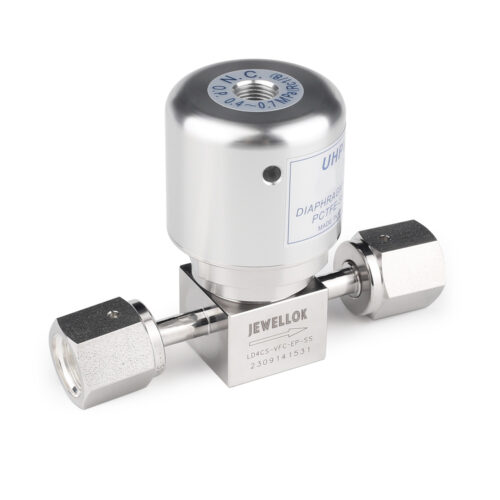
Stainless Steel Low Pressure Seal Pneumatic Diaphragm Control Valve For For HP & UHP Gases
-

High Pressure High Temperature Pneumatic Ultrahigh Purity Stainless Steel Diaphragm Valves
-
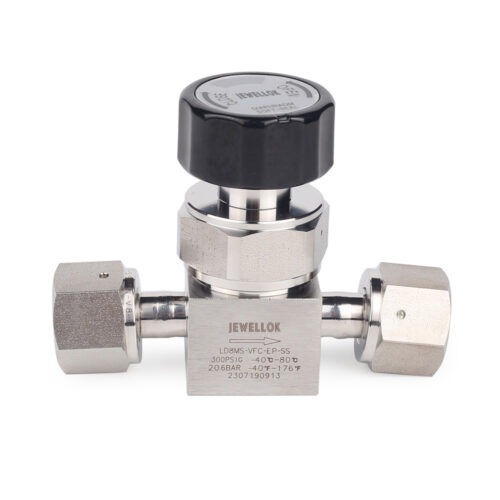
Flow Control Stainless Steel Low Pressure Manual Diaphragm Valve For High Purity And Ultra High Purity Gases
-
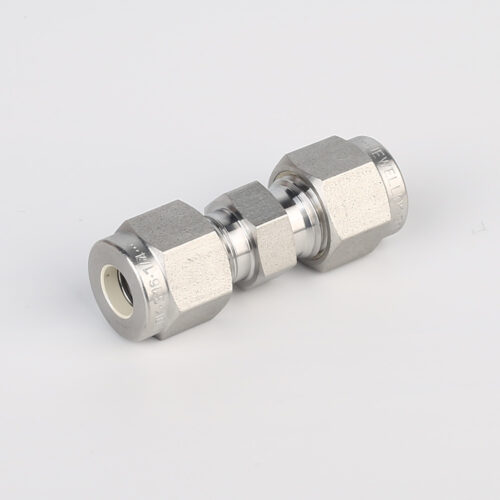
762L Stainless Steel High Purity Union High-Purity Gas System Fittings
-
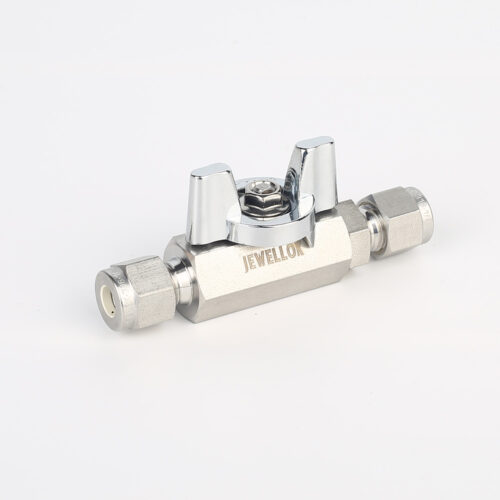
Stainless Steel High-Purity High Temperature Metal Seated Ball Valves JBV3 Series
-
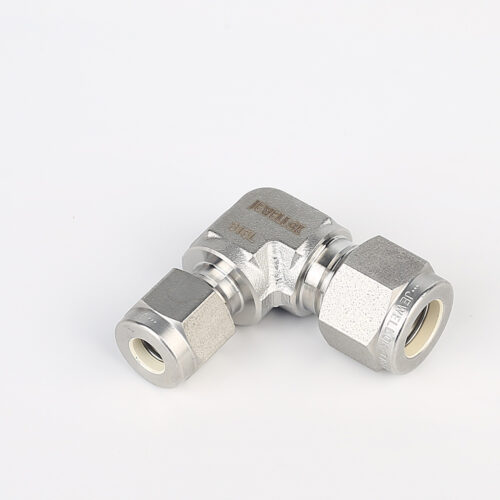
765LR Reducing Tee | Stainless Steel 316 High Purity Butt Weld Fittings Metal Face Seal For Welding Pipe Fitting Reducing Tee
-
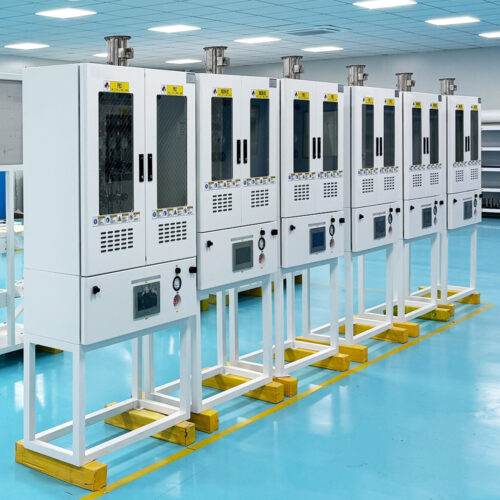
Ultra High Purity Gas Delivery Systems And Liquid Chemical Delivery Systems JW-300-LDS
-
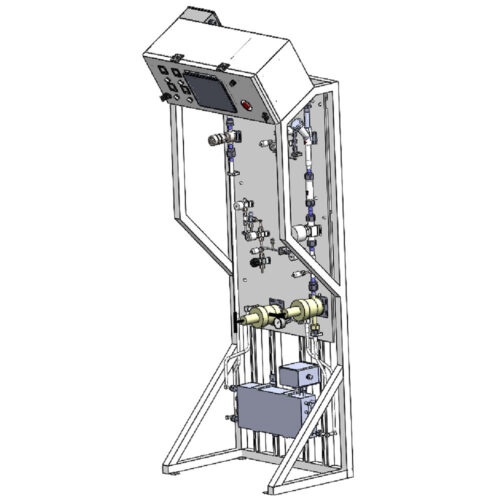
Fully Automated Gas Cabinet Gas Rack Gas Delivery Systems JW-300-GR
